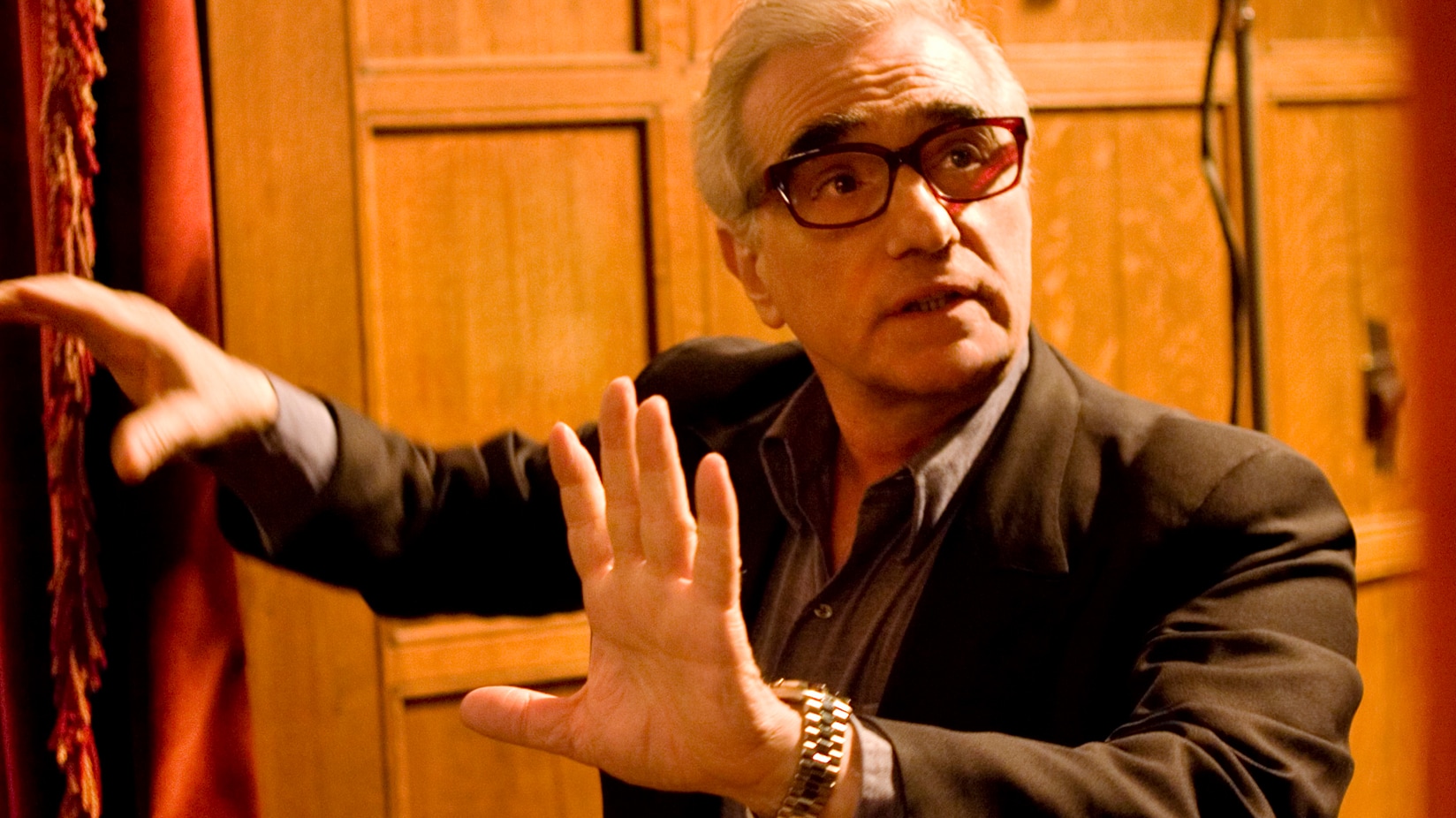Scorsese Screens - May 2023
This month, TCM is paying tribute to James Wong Howe, one of the greatest cinematographers in the history of film—really, one of the people who truly made the art form. 37 of the almost 150 films he shot between 1923 and 1975 will be shown, including The Rose Tattoo, Hud (he won Oscars for both), Sweet Smell of Success, Picnic, Yankee Doodle Dandy, Laugh Clown Laugh with Lon Chaney and the silent Peter Pan.
Howe was born in China in 1899 and emigrated to Pasco, Washington when he was a baby. He made his way down to Los Angeles in 1916, where he crossed paths with cinematographer Len Powers (who shot Raoul Walsh’s now lost The Honor System), an old acquaintance who told Howe how to get into the movie business. He went to Famous Players Lasky, where he started by sweeping up in the camera department. He eventually got a position as assistant cameraman, and he worked on the side shooting portraits of extras and soft focus images used on title cards, and he learned his craft on the job. Mary Miles Minter, the silent star whose career ended when she was implicated in the murder of her lover, asked Howe to be her regular cameraman because of a set of portraits he had shot in which her pale blue eyes were darker than usual. Howe accepted, then tried to figure out how he did it, and realized that her eyes had been focused on the length of black velvet hanging behind him.
He got a feel for working in sound by taking a year off and independently shooting and co-directing the first Japanese-language sound film, The Force That Turns the Earth Around its Axis. He became known for his many innovations (that includes shooting on roller skates and from a wheelchair) and his outspoken stances on questions of creativity. He quit and was fired more than once and, like Michael Powell, was not well-loved by the Technicolor corporation. He had to deal with his share of prejudice, particularly around his marriage to the left-wing writer Sanora Babb, but he was one of the most justifiably respected and lauded cinematographers in movie history, the recipient of multiple honors during his lifetime.
Following the program throughout the month would be a great adventure, because Howe’s camera eye, like Bernard Herrmann’s scoring, added an extra dimension to every film he shot, from B movies and programmers to masterpieces like Kings Row, The Strawberry Blonde (among the many pictures he worked on with his close friend James Cagney) and Sweet Smell of Success.
James Wong Howe, a real pioneer, spoke passionately and eloquently about his art and he deserves the last word: “It’s very easy to take a light meter and get the proper exposure, but there’s one thing that meters will not tell you: whether you got the right mood or not. That, you have to decide for yourself. You’ve got to see. Learn to see. Learn to feel light.”














